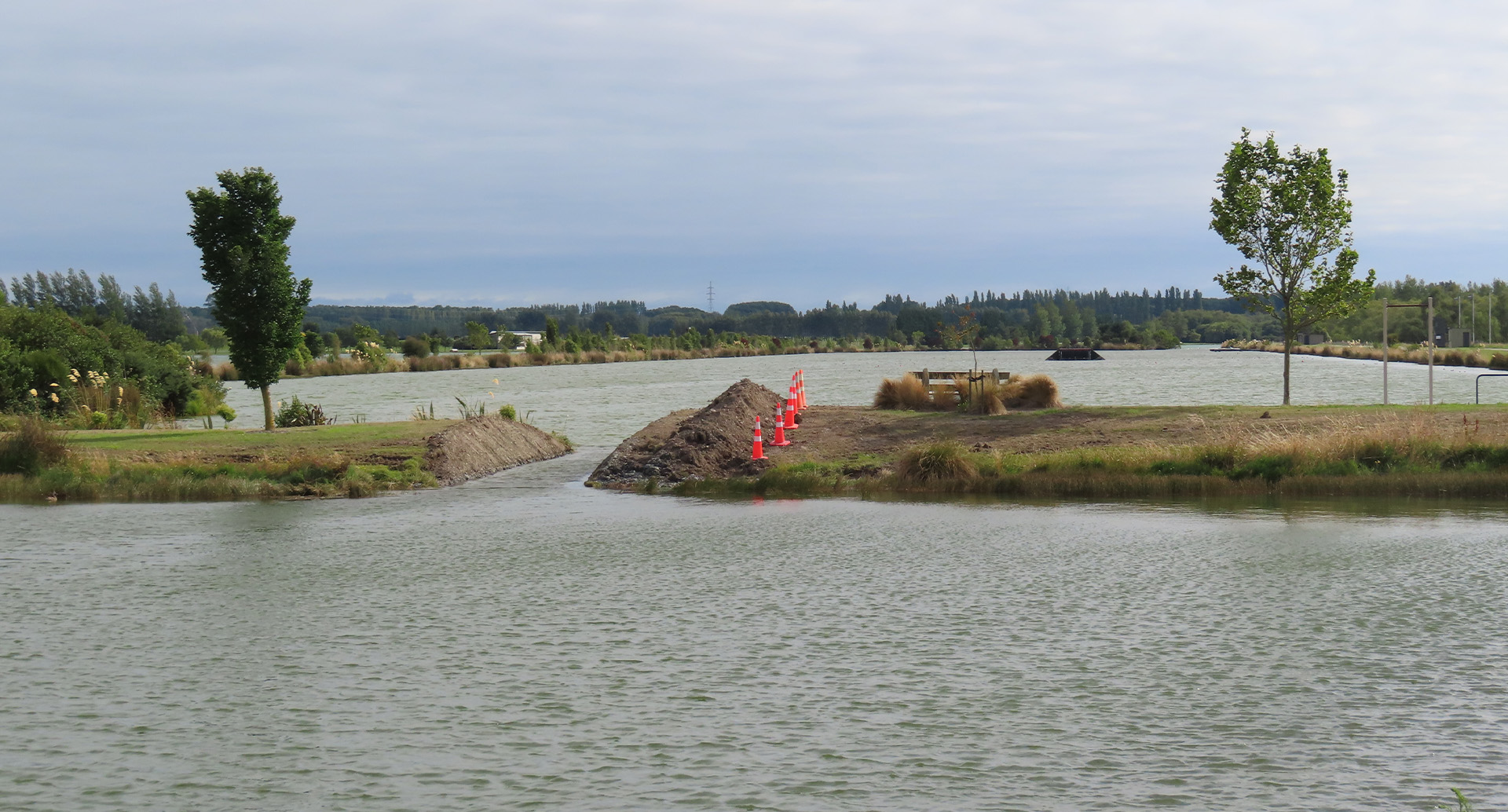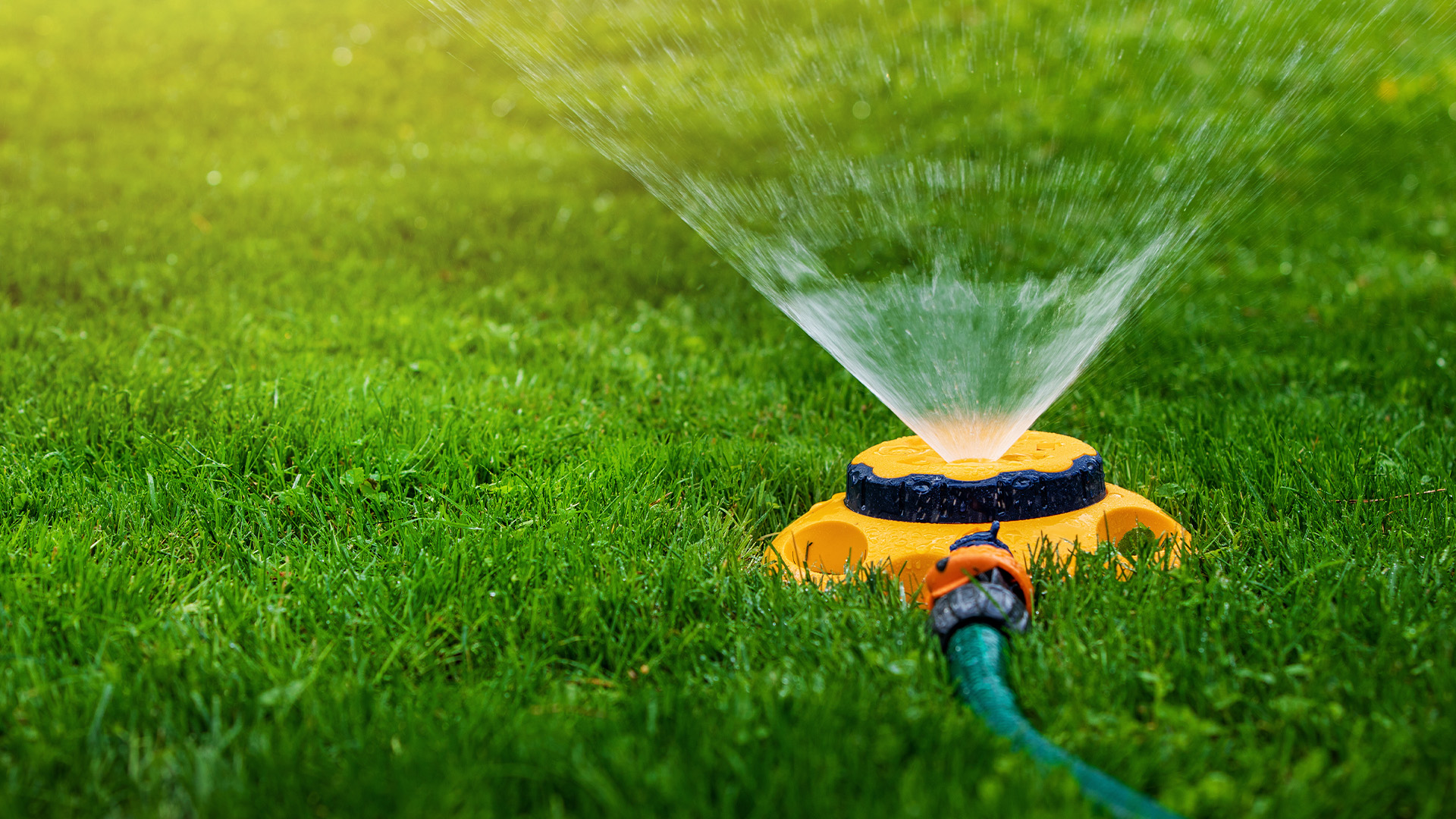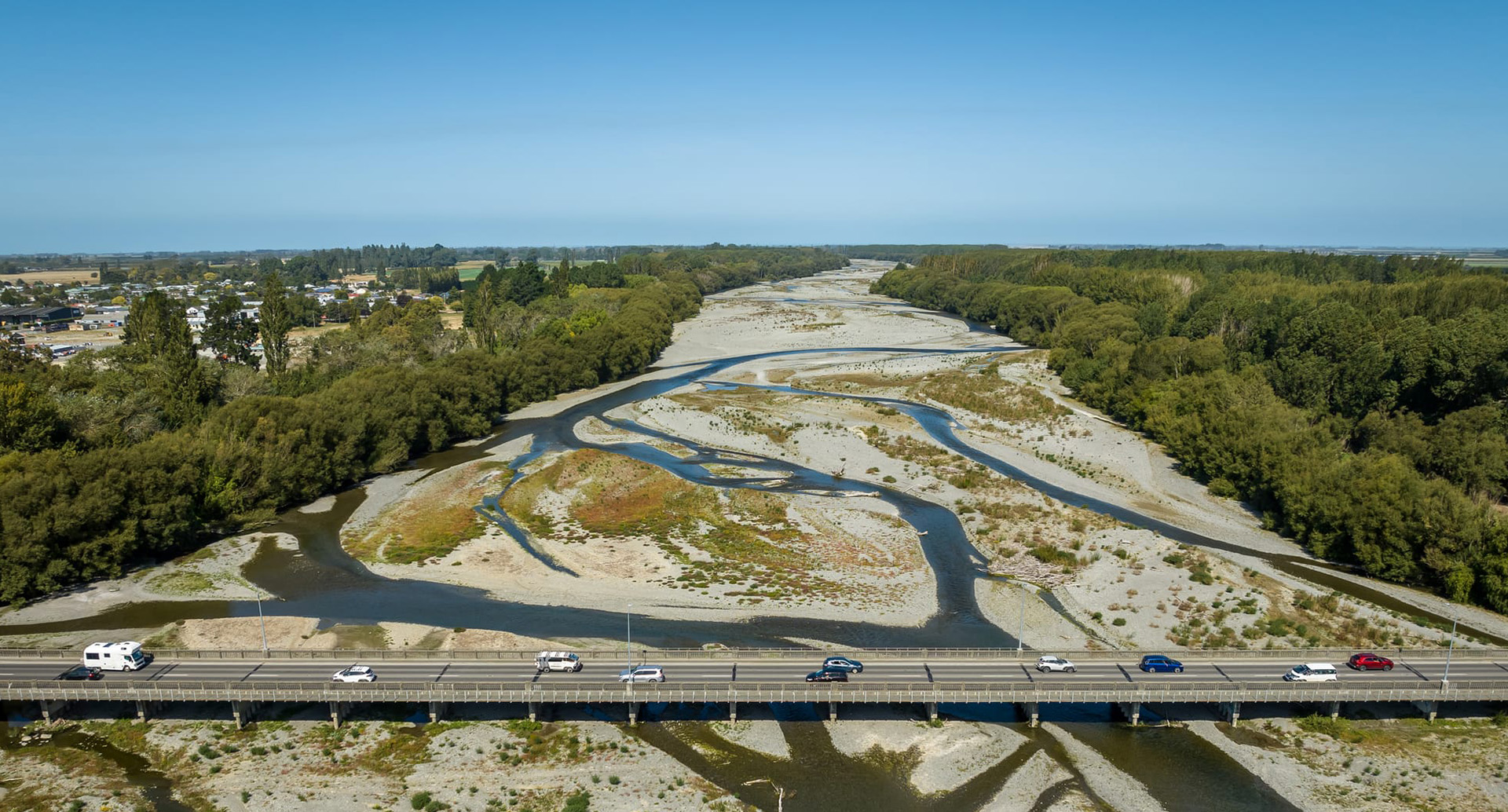Lake Hood Water Quality Update: 21 January 2025

Council is undertaking more physical work at Lake Hood to improve water circulation.
A pipe will be installed at the southern end of the water ski lane to allow water to flow through the bunded area.
Group Manager of Infrastructure and Open Spaces Neil McCann said an open channel had already been dug at the end of the ski lane to allow water to flow through.
“We’ll turn that open channel into a culvert by placing a pipe in it and then landscape over it so anglers can still have access to that point, and we can still maintain the grounds.
“We are also investigating plans for the construction of a second outlet at the lake, and that work will be the subject of discussions during the coming Annual Plan process, but it’s all part of the long-term management goal to improve water circulation in the lake.”
Environment Canterbury continue to monitor the lake weekly to assess water quality that could trigger Health New Zealand to issue a health warning to avoid contact recreation in the lake.
Cyanobacteria was detected in the lake and canals in the previous two summers and Council has been working with specialist consultants on options for improving water quality.
Mr McCann said water coming into the lake from the Ashburton River was currently being split to improve water circulation in the lake.
“Improving circulation is critical and we’ve been monitoring flows in the canals and main lake and we know that makes a difference. These are quick fixes but we’re also working on a long-term management plan to keep the lake an attractive asset for the district, as it was designed.”
He said Council, in conjunction with Health New Zealand, would advise the public if there was any change in the water quality at the lake.
“Algal blooms can form very quickly, especially when the water warms up, and can be harmful if ingested by people and dogs, or other animals. People should use their commonsense and apply caution if they are having recreation contact with the lake water, like swimming, water-skiing or kayaking.”
Learn more about toxic algae here.
Share this article
Latest News
Council services over the 2025-26 holiday period
Our wrap on Christmas rubbish
Water restrictions in force as consumption rises
Are our dog control rules up to scratch?
Consent numbers reflect busy year for building services
Road Closures
THOMPSONS TRACK
from 12 Jan 7:00 to 31 Mar 18:00
MAYFIELD VALETTA ROAD
from 12 Jan 8:00 to 28 Feb 18:00
WINTERS ROAD
from 13 Jan 7:00 to 3 Feb 18:00
WALNUT AVENUE
from 6 Dec 10:00 to 6 Dec 15:00
View all Road Closures | Live map







